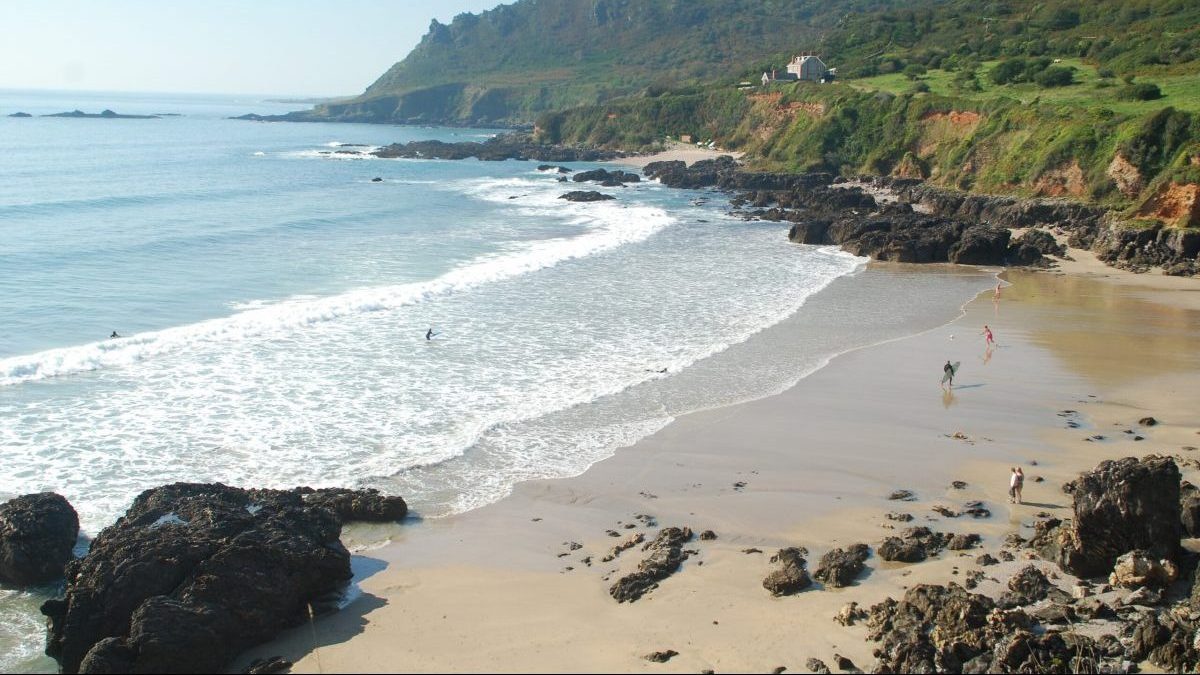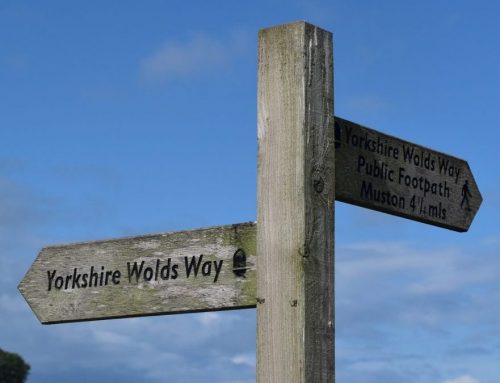In 2020 the UK’s longest national trail will finally open
But will it really be ready by then?
The 2,795-mile England Coast Path will be one of the world’s longest trails, even beating the Pacific Crest Trail (2659 miles), last seen under the feet of Reese Witherspoon in the film ‘Wild’ – though still falling short of the mammoth Trans-Canada Trail which, at around 15,000 miles, is said to be the longest footpath in the world (or will be, if it ever gets finished).
There is still much work needed to be done in order to make the England Coast Path a reality. Most of the delays are caused by negotiating rights of way across private land; according to one article, there are still 66 of these ‘negotiations’ that need to be concluded (or even started).
The government bodies charged with leading these discussions are Natural England and the Department for Environment, Food and Rural Affairs. It’s a huge undertaking, no doubt, though their job is made slightly easier by the fact that the Coast Path will incorporate within its length existing coastal routes such as the Norfolk Coast Path and the South-West Coast Path. The latter, at 630 miles, is currently the UK’s longest footpath.
You can see the progress of the coast path by following this link to the relevant page of official National Trail website:
https://www.gov.uk/government/collections/england-coast-path-improving-public-access-to-the-coast#map
So why build a coast path now? Well, it has come about because of a completely new right of access that gives everyone the legal right to explore our coastline. This new right of way also brings in a phenomenon known as ‘roll back’, which mean that if a section of coast erodes away, the trail will simply move back with the new coastline – thus maintaining the continuity of the path as an unbroken link around the southern half of Britain.
Of course, this new right of way doesn’t give people unfettered access to the coastline. Private gardens and land owned by the Ministry of Defence will still be off limits, for example. Follow this link to read about this new right of access and find out what’s included – and what isn’t.
http://publications.naturalengland.org.uk/publication/5327964912746496?category=50007
Anybody who has walked a coastal footpath before will know that they aren’t easy. At first you may have visions of a nice flat trail, and of strolling along the beach in flip-flops as the surf gently laps around your tootsies. The reality, of course, is rather different, for coastal footpaths are often amongst the hardest of any trails. The paths are exposed, the drops often sheer and sizeable and the trails themselves are tough, as you spend day after day clambering up and down the undulating cliffs of our fair isle.
For those who are planning to walk the path as soon as it’s open, there are a couple of questions that need to be pondered. Firstly, when it comes to Wales, do you continue to follow the coast all the way round (Wales, of course, has had its own coast path, 870 miles long, since 2012, though officially this is not a National Trail)? Or do you instead follow the 177-mile Offa’s Dyke National Trail which follows the border between England and Wales? In other words, are you more interested in walking around the perimeter of England? Or would you rather walk around the coastline of the British Isles?
And if the latter, then what do you do once you reach the Scottish border? Continue around the Scottish coast – a navigation of which must be at least as long again as England’s Coast Path? Try and make your own route along the English-Scottish border, thus completing your circumnavigation of England? Or drop down and follow the Hadrian’s Wall Path, thereby completing your tour of the borders of England as it would have been in Roman times?!?
England Coast Path Updates
The building of England’s Coast Path, the 16th National Trail, continues apace.
We mentioned a little while ago that they were looking to extend the South-East English Coast Path (or Thames English Coast Path as it will become known on this section) up to the Woolwich Foot Tunnel. This not only means that walkers can cross the Thames safely to continue their hike around the perimeter of the island, but has the additional benefit of extending the Thames Path all the way to the sea, so it becomes a ‘source-to-sea’ trail.
Now, apparently, another section of the path has got the go-ahead.
According to the government website, plans have been unveiled for a 39-mile (62km) stretch of path to run along the Suffolk coast. When finished, it means the whole of the 138-mile (222km) Suffolk coast will be covered, from near Manningtree, on the border with Essex, to Hopton-on-Sea and the border with Norfolk.
The trail will lie entirely within the Suffolk Coast and Heaths Area of Outstanding Natural Beauty. Features include
the military history at Bawdsey’s and Shingle Street, the music and performing arts venue at Snape Maltings, Bawdsey’s Radar Museum and Martello Towers, and Orford Castle.
From cliffs to grassed banks, this stretch has some interesting sites in view. These include the Radar Museum and Martello Towers at Bawdsey, Orford Castle and the old military buildings on Orford Ness. Snape Maltings is also an internationally famous venue for music and the performing arts.







